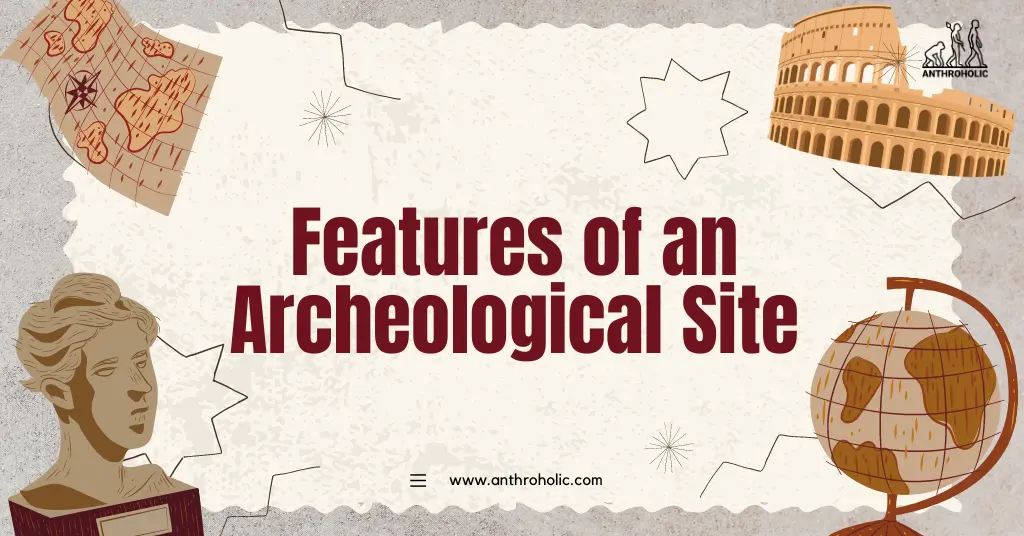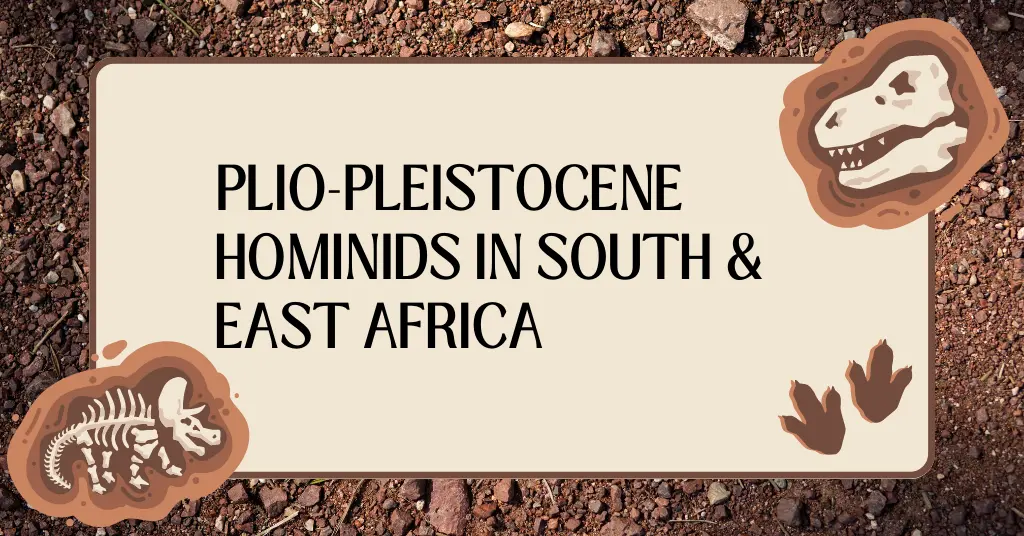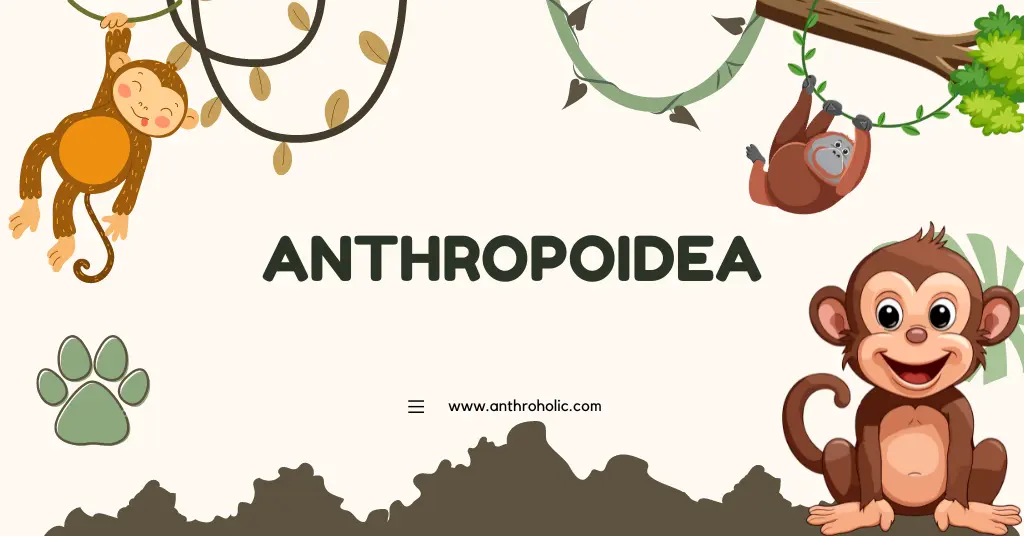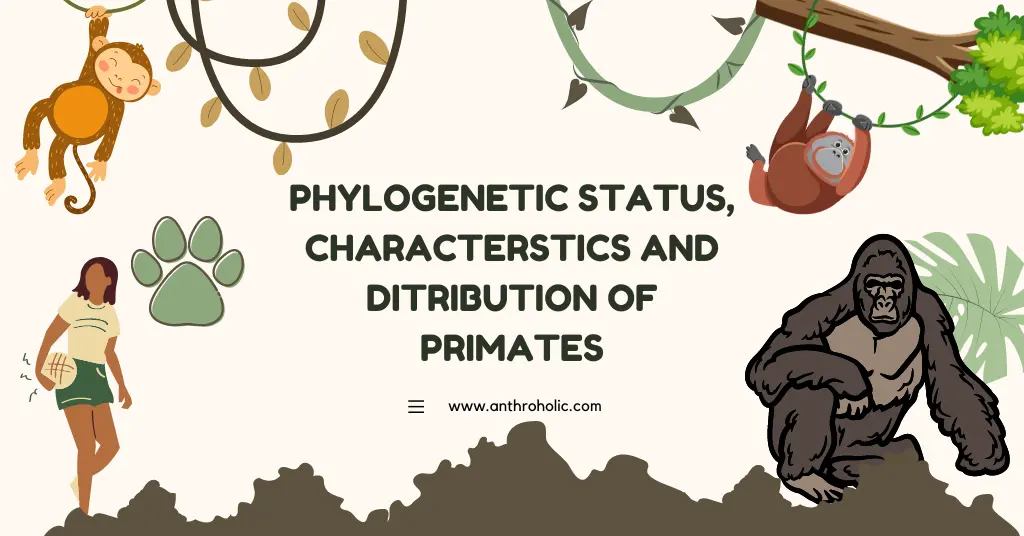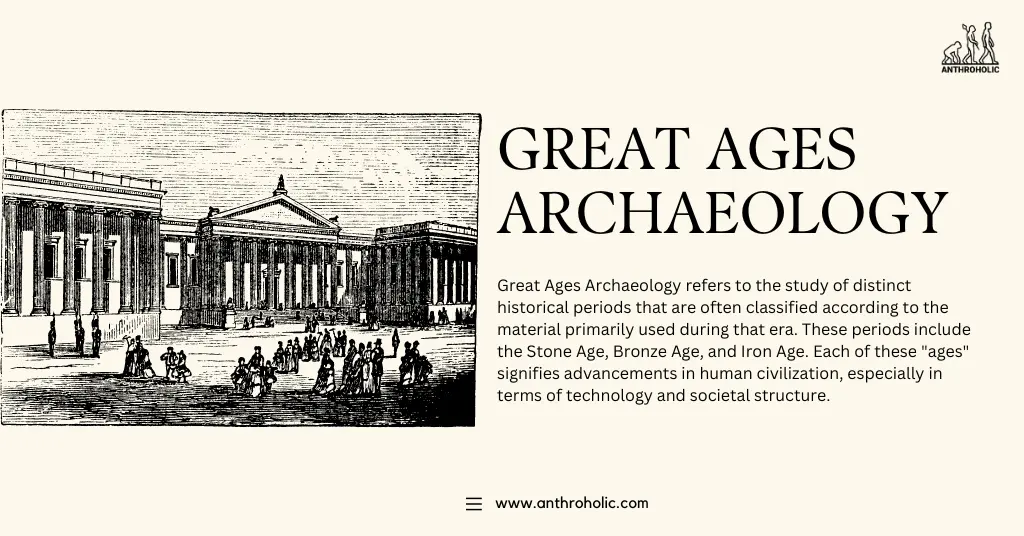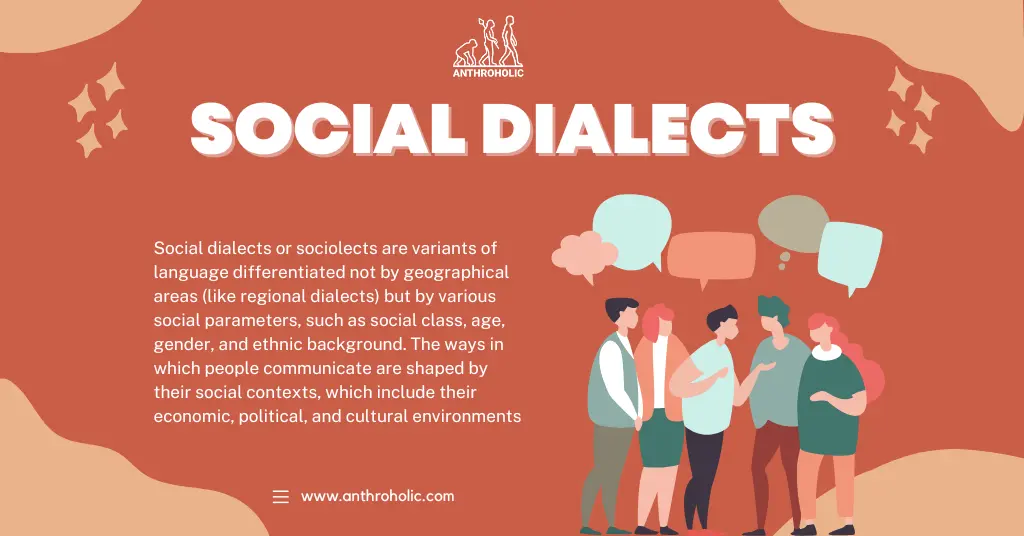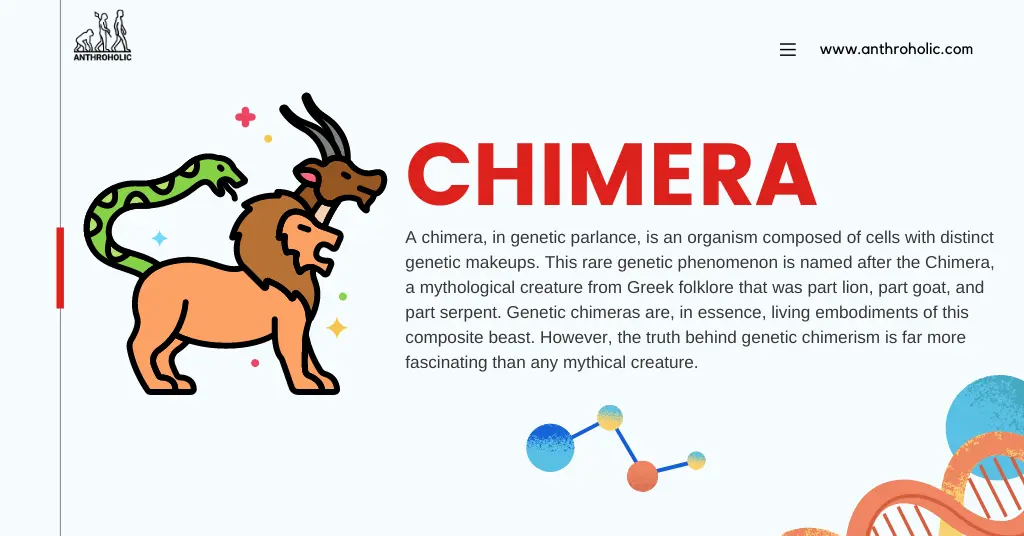AI Answer Evaluation Platform Live Now. Try Free Answer Evaluation Now
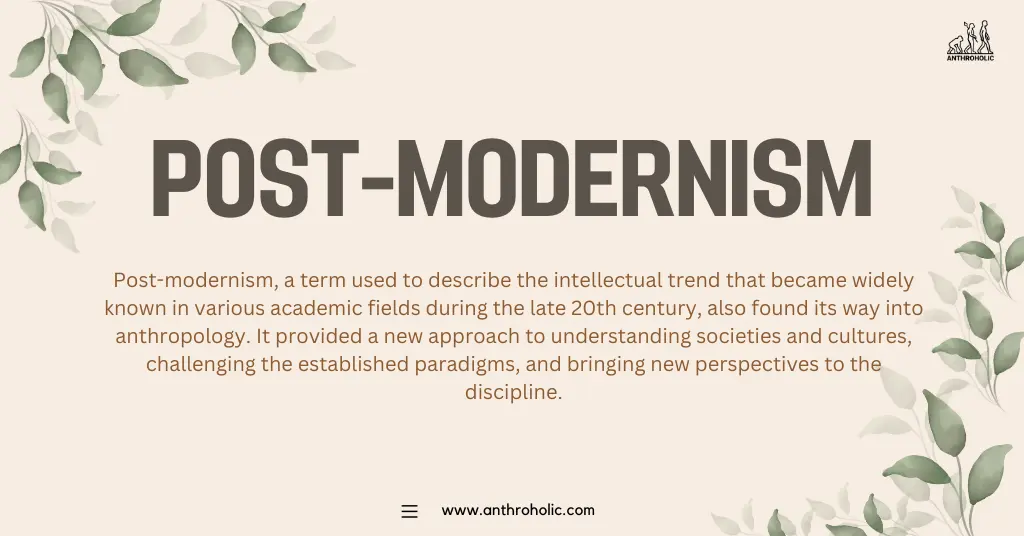
Post-Modernism in Anthropology
Post-modernism, a term used to describe the intellectual trend that became widely known in various academic fields during the late 20th century, also found its way into anthropology. It provided a new approach to understanding societies and cultures, challenging the established paradigms, and bringing new perspectives to the discipline.
